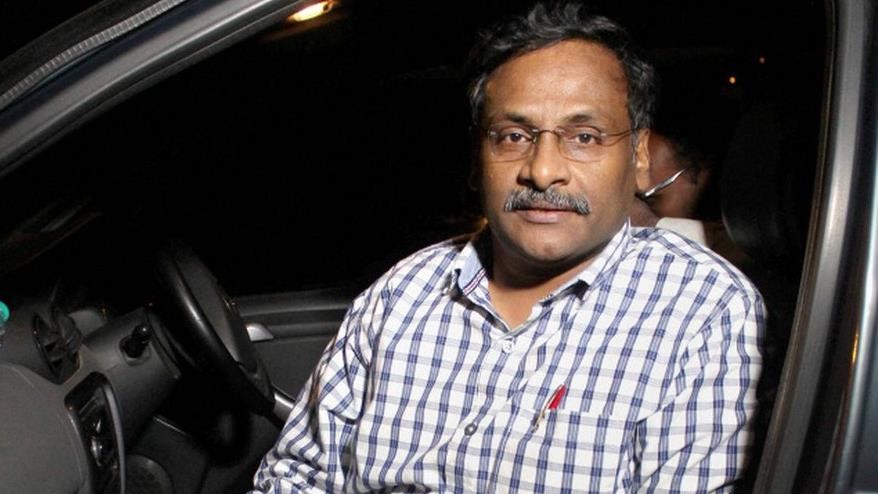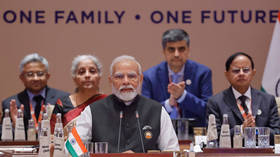NOVANEWS

Simin Akhter Naqvi
Supremacist forces essentially play on our sense of vanity and our desire to externally reinforce parochial notions of cultural identity. When we see our immediate identities threatened, we are bound to react in self defence. The victory of divisive communal forces is in being able to make us see ourselves essentially and primarily as Hindus and Muslims, Men and Women, Hindi speaking and non-Hindi speaking, and as beef eaters and non-beef eaters, much before we see ourselves as rich or poor, workers or owners of capital, or as privileged elite or marginalized underclasses. Having achieved this, it is then not too difficult for them to turn this sense of exclusivist identities into antagonism and hatred. It is therefore necessary, that to counter supremacist arrogance we turn hatred around into constructive social dialogue and respond to propaganda with humility and sanity.
According to the Sachar committee report, Muslims in India are by far the poorest and educationally most deprived. More than 46% of Muslims concentrated in self employment in urban India in 2011 and only 13.5% employed in regular wage employment (NSSO, 2011). Educationally, 42.7% Muslims are illiterate as opposed to a figure of 36.4% for Hindus, according to census 2011 data. Only 2.75 % of all Muslims have studied till graduation or further and according to a Ministry of Minority Affairs report uploaded on the Ministry’s website n the 27th of July, 2017, “The recruitment of minorities in Government, Public Sector Banks, Public Sector Undertakings was 8.57% in 2014-15. Religion-wise data as well as employment in Private sector are not maintained”. Who then, can this deprived and backward community of barely 14% of all people, threaten?
It was also asserted that Muslims are all set to witness some sort of a population explosion in the decade to come. 2011 census data pertaining to population growth of Muslims was released by the government in 2015, stating that the average rate of growth of Muslim population for the decade 2001-11 was 24%, 6 percentage points higher than the national average of 18%. A Times of India report asserted that the rise was mostly due to an explosion of Muslim population in Assam and deliberately linked the increase to illegal immigration of Bengali speaking Muslims from Bangladesh into West Bengal and Assam. What was however, not reported was that the rate of growth had actually come down from 29% in the previous decade (1991-2001) to 24% in 2001-11, a natural correlate of increasing levels of educational attainment, and economic and social mobility. Is it not then, well within the interests of those who feel threatened by a rise in Muslim population to in fact help provide the community greater access to education and formal labour markets, in keeping with the spirit of Article 46 of the Constitution which states that, “The State shall promote, with special care, the education and economic interests of the weaker sections of the people”, so that like any other socio-religious group they transit to a higher average level of income and educational attainment, and consequently to a greater degree of secular social integration and smaller average family size?
The All India Muslim Personal Law board has taken a very bold and long overdue step in accepting and undertaking in an affidavit to the hon’ble Supreme Court in May this year, that ‘talaq e biddat’ (or instantaneous triple talaq) is an undesirable practice, and that the board will issue an advisory against it. Similar reflection and reform must also be carried out on questions of Polygamy and ‘nikah halala’, for though politically tragic and unfair, it is only then that the community can raise the more important questions of educational deprivation and denial of equal work opportunity. The terrain of this argument may not be rational, given that polygamy by way of illegal second marriage is more a matter of economic affordability than religious sanction and is common among people of all religions in India, if NFHS data is to be considered. Culturally, however, this is the only way the right wing’s propaganda can be challenged. Hate can only be countered with humility and criticism must be turned around into constructive reflection.
Alienation and ostracization of Muslims or any other social group, based on cultural and religious practices only leads to social disintegration, ghettoization of living spaces and only furthers the cause of exclusion in education and economic marginalization. The more the minority community closes up within, in response to attempts at communal polarization, the more it serves the ends of divisive communal forces. Majoritarinism cannot be countered by a similar ‘minoritarian’ assertion of cultural supremacy or rigidness, for they follow the same inverted logic of non-tolerance of difference and negates the continent’s long history of syncretic socio-cultural evolution. Which means, any attempts being made to overarch a pan-Hindu unity in the face of a projected cultural/economic threat from the Muslim ‘other’, must be countered with a secular socio-political mobilization of the working poor; Dalits, Mahadalits, Muslims, women, Tribals, Transgenders and everybody else on the margins of society. It is not coincidental that from Rohith Vemula to Akhlaq and Junaid, and from Dadari and Mewat to Una, Mehsana and Rajkot, those who have been persecuted and lynched at the hands of bigotry and hate were all from a certain economic strata. They were Dalits and Muslims but before that they were poor, which is what made them vulnerable; and so it is in this understanding of the class-dynamics of the practice of politics of hate and bigotry, that the answers to the ongoing attempts of communal polarization of society must be explored.
Migrant Bengali workers are being projected as illegal Bangladeshi immigrants and held down in despise as the social benchmark ‘other’. The working classes are thus, being divided into ‘our poor’ and ‘their poor’ and it is this aspect of our social identity that secular forces need to reclaim. When social sector budgets are rolled back, it is the ‘poor’ who are hit. When expenditure on public health and NREGS was cut down, it is the poor who were thrown off the social security net, it is the poor who were hit by loss of jobs when demonetization was enforced last year and it is the poor who will be hit when higher education is privatized. An appropriation of the identity of the ‘poor man’ (and by deliberate corollary that of the ‘poor woman’) by the right wing in popular imagination is what will ultimately fulfill their political project of divide and rule and it is precisely this that needs to be resisted, by forging a strong and politically robust social and cultural unity of the social ‘underclasses’, for the project to be defeated.



